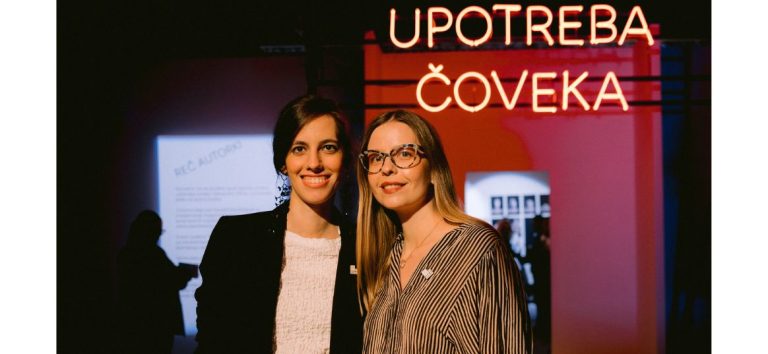“I didn’t know. My approach was more a why not kind of thing. I only discovered what architecture could, once I began studying at the University”, this is how Alejandro Aravena begins his story about his desire to become an architect. The Novi Sad Kaleidoscope of Culture managed to set a precedent when it comes to architecture as an art, gathering almost 2000 people to the lectures of the famous architect Alejandro Aravena, winner of the Pritzker Prize, who was now in this part of Europe for the first time.
His arrival aroused great interest from the audience, not only in Serbia, but also in the region, which is why two dates of his lectures were secured, on October 3 and 5 in the District.
What attracts you the most when talking about architecture?
It depends to whom I talk to. When speaking to a fellow architect, those that also have the problem of the blank page in front, I like to talk about the huge chain of forking paths that must be confronted when taking creative decision. To walk in reverse on the footsteps of a creative itinerary to understand when you made a turn in the wrong direction or when it led you to things that you didn’t know you could imagine, it’s very attractive. When talking about architecture in the intimacy of our practice Elemental, we spend a lot of time talking about the character of the designs, the unspeakable certainties, that dimension that you can’t describe with words, but you still know. We are very mean with ourselves, politically incorrect about our own decisions, to the point of making fun and bullying our own designs. Consequently, humour has a big role in our process. We, therefore, not only enjoy designing, but if a project survives such scepticism, then it might be better prepared to resist reality and time.
When talking to a broader audience instead, I like to start from as far away from architecture as possible: try to dissect the human condition, why as a species we behave the way we do, both individually or collectively, sharing then with the counterparts the architectural operations that address those issues.
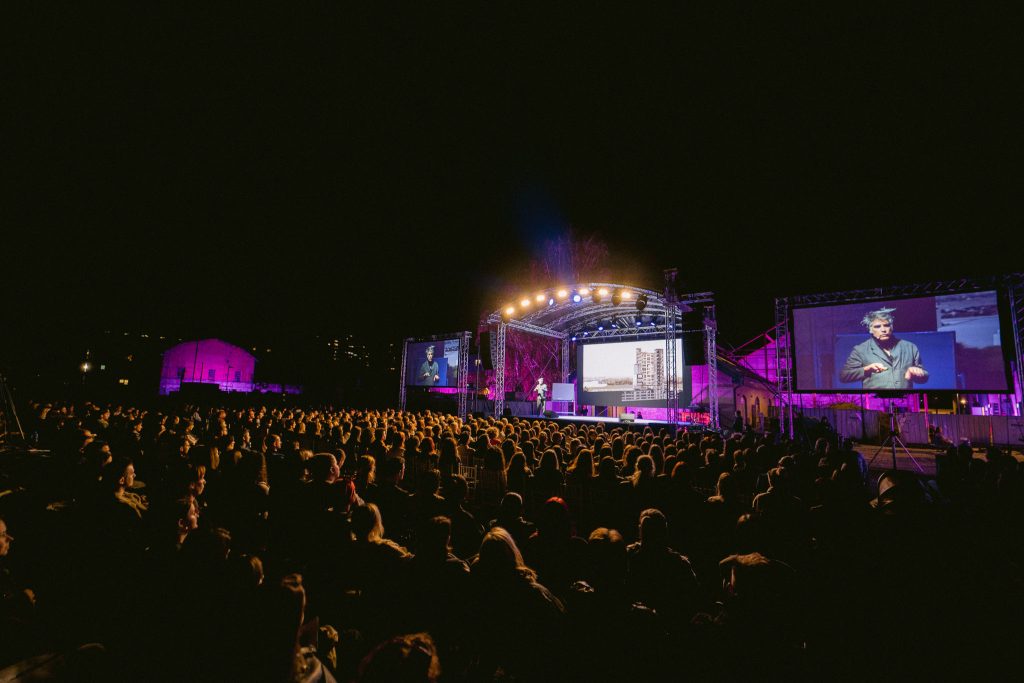
You won the Pritzker Architecture Prize in 2016. How did you feel when you found out you won the award, and what does that award mean to you?
I didn’t see it coming, at all. So, when I was told it was very emotional. I was with my daughters playing around on a Saturday morning when I received a call; it took me a while to process what was being said on the other side of the line. Actually, I couldn’t speak and started crying. My daughters stopped running around and approached me to ask if everything was OK. I just said yes.
What has it meant to me? I carefully chose my words for the ceremony at the UN in New York, and I would say the most meaningful one ever since has been freedom. At Elemental we have exercised our professional freedom every single time to stretch the range of possibilities of a given problem, to advocate for a needed change, to provide answers that may be uncomfortable or simply to enjoy the exploration of alternatives that may shift the mood in a room.
What is the future of architecture in your opinion?
At some point in the late 60’s two paths separated ways. On the one hand, some architects wanting to be “free”, asked to society for permission to be “creative”. They were given such permission but the price they paid was irrelevance. The specific knowledge of architecture (design) was used to deal only with specific problems (problems that only interested other architects). On the other hand, some architects decided to address non-specific challenges, like poverty, underdevelopment or inequalities. The price they paid was to abandon the specific knowledge of architecture (design) and become consultants, writing reports and endless diagnoses. I see the future of architecture as bringing together both paths: can we start from non-specific problems, issues that interest everybody in the society and then enter such conversation using the specific knowledge of architecture, namely design? We may have to speak many different languages, from politics, to economics, from the environment to social movements all the way to aesthetics, but we have to enter the conversation by organizing the information in a proposal key, in the form of a project.
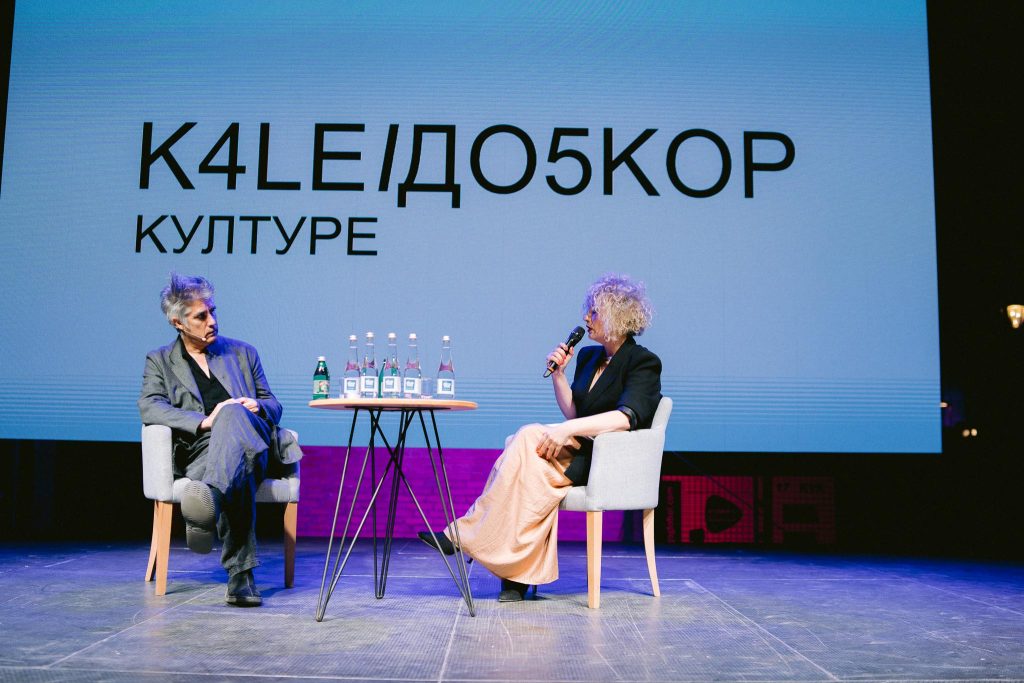
How important is it to preserve old architecture in this day and age?
I guess in the Renaissance nobody was worried to tear down an architecture of the Romanic; maybe because the “new” was at least of the same quality (if not better than) the old. But nowadays, the dominance of shallow, commercial architecture, replaces the old by new stuff that is worse than the existing. If the new were better, I would have less problems. To preserve old architecture is a way to be reminded of higher standards accumulated over time. It’s not nostalgy, but the need for architects, the general public and the decision makers, that the quality of our built environment has to be the ultimate goal. On the other hand, the same way we consider important to have bio-diversity, it’s important to keep our time-diversity. Capital can’t buy time. If we tear down the old, we will miss the physical experience of having lived the sensibilities of other ages. Finally, it’s a question of sustainability: old architecture has embedded energy. If energy was already spent, we should make the effort of not spending it again.
What are you the most proud of when it comes to your career and why?
Having been able to build a team that moves like a tribe; we are not a family, but we care for each other, share a sharp sense of humour, work wise (in addition to hard) but don’t lose perspective of what’s important in life.
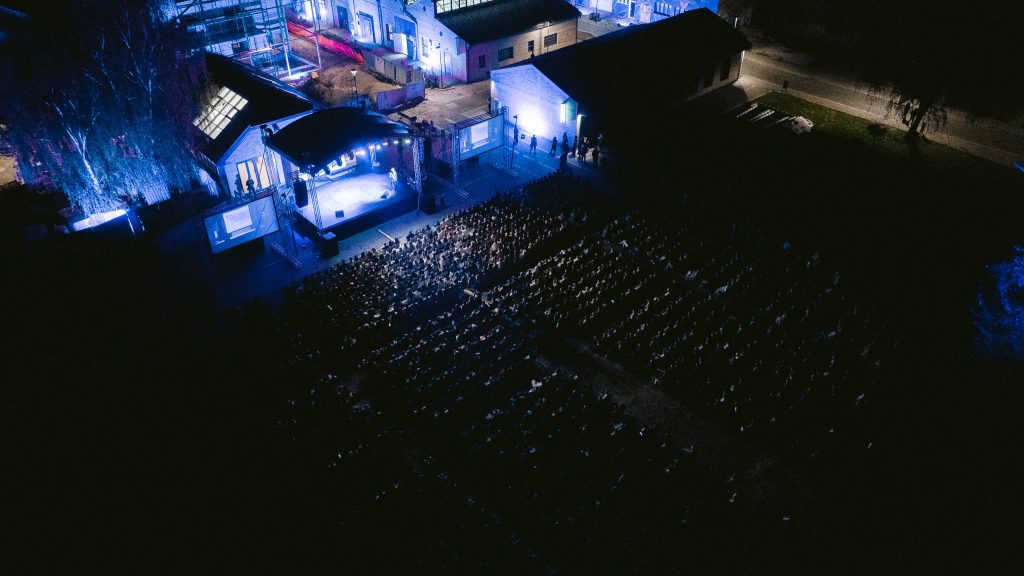
How important is it that artists have the opportunity to present themselves to the public at events like the Kaleidoscope of Culture?
In Chile we are going through a pivotal moment. After a social blast in 2019, everything was questioned: was the system fair to everybody or just for a few? were the gains of some at the expense of a loss for others? The words that were more often used in the discussions were abuse and dignity. A genuine feeling of anger and resentment that was looking for a revision of the social conditions was mixed with criminals taking advantage of the situation to perpetrate sackings and lootings. Our society was perplexed and wondered what happened that led to such tension? To be fair, what could have perpetuated as a battle on the streets, rather soon became a discussion about the new rules for coexistence: we went into rewriting our Constitution. The story is too long and too complicated to be explained here, but in a nutshell, I think the constitutional debate is less a political or a technical issue, and more about the shared purpose of a society. What will allow us to live together again is a collective common narrative and purpose where everybody can feel a sense of belonging. And such a thing has artists and the forefront; artists have the capacity to capture the invisible wavelengths that move societies (or that prevent them to coexist).
What would be your advice to young, up and coming architects?
I wouldn’t dare to give an advice, but what worked for me was to be as nerd as possible (hurry up in learning from the body of knowledge that was built before us) and be rebellious (fight the clichés). Such combination allows to agree with the “whats” (be pertinent), but address them with new “hows” (be original).
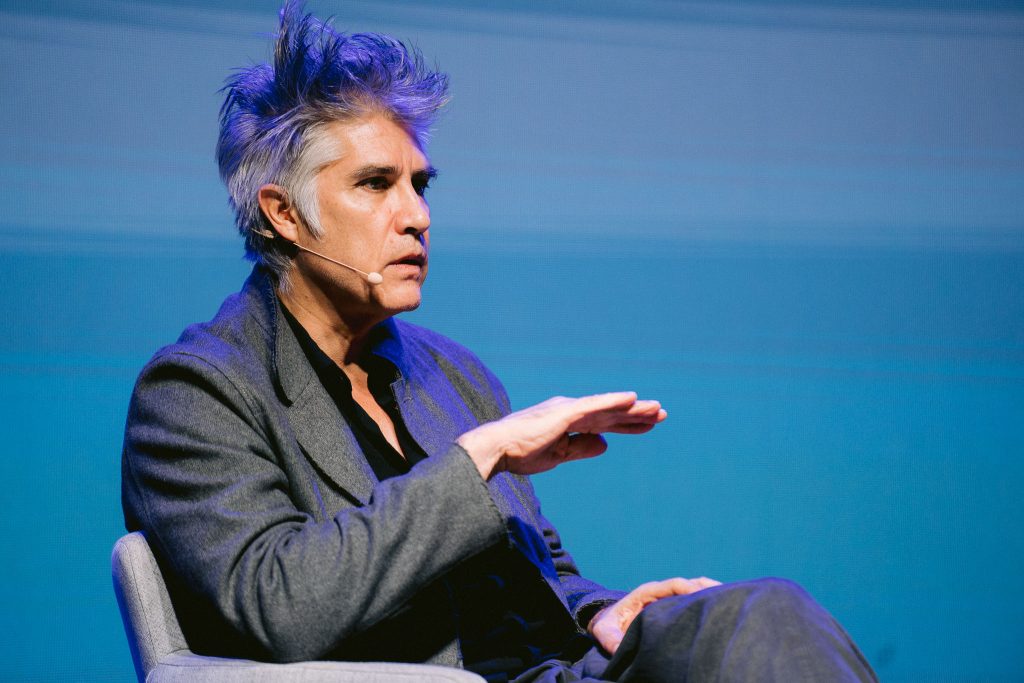
What is next for Alejandro Aravena?
My biggest concern at the moment is that inequalities, have created a new species in our peripheries. This is true in almost every city in Latinamerica. Let me start by saying that cities are concentration of opportunities, not accumulation of houses. People live in cities because there are better chances to have access to jobs, education, healthcare, transportation and leisure. At the same time, cities express inequalities as very concrete and daily experiences. In underserved peripheries, be it for bad social housing policies or for incapacity of the State to arrive, too many people were segregated, with almost no access to opportunities. Such exclusion is beyond a question of poverty. The Chilean social blast of 2019 was mainly led by those who experienced the uneven playing field and consequently accumulated anger and resentment. But for them, good policies may correct such inequalities. What is by far more worrying are those who had to make a life on survival, absolute excluded from any kind of policy or access to opportunities. They had to learn to exist for decades on survival mode. In those peripheries the rule of law was replaced by the law of the jungle and violence is the currency. Some weeks ago, I saw a film that is the best explanation of this phenomenon I have ever found. In the minute 00:59 of Bardo by Alejandro Gonzalez Iñarritu, he describes a new species of too many people that have nothing to lose (walking bombs he calls them) was developed in our slums. What to do with that? We need there too an alternative narrative, a different set of values, appealing enough to fight the narco. When life has no value, repression does very little. But if you don’t contain violence, it propagates very quickly. What to do? I don’t know exactly, but that’s my “next”.
Author: Feđa Putnik
Photo: Vladimir Veličković





